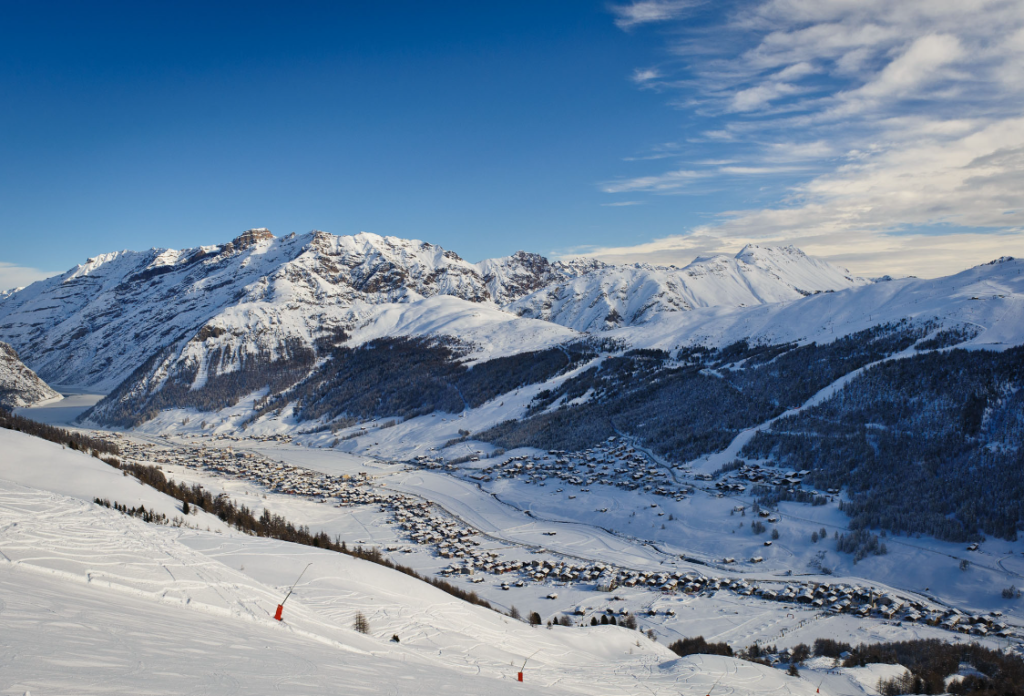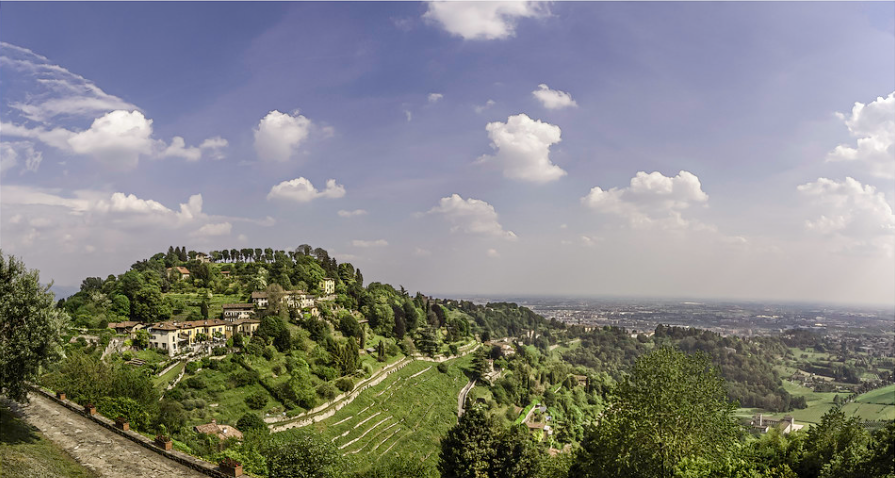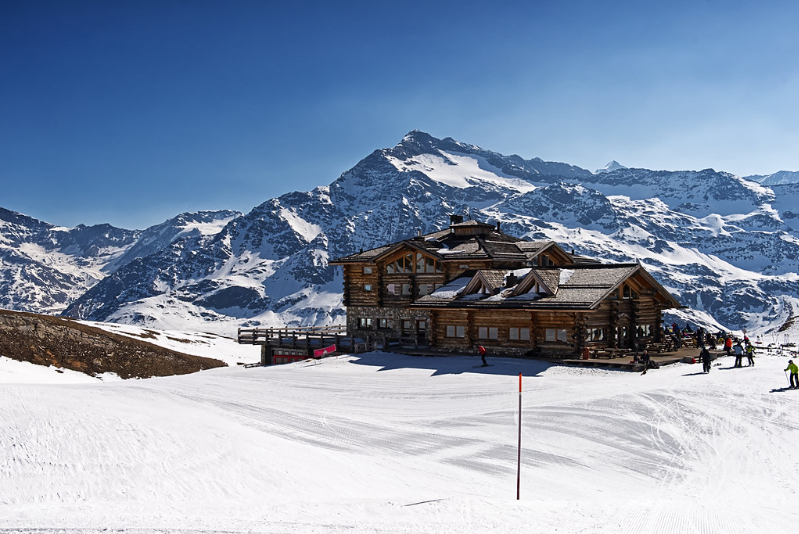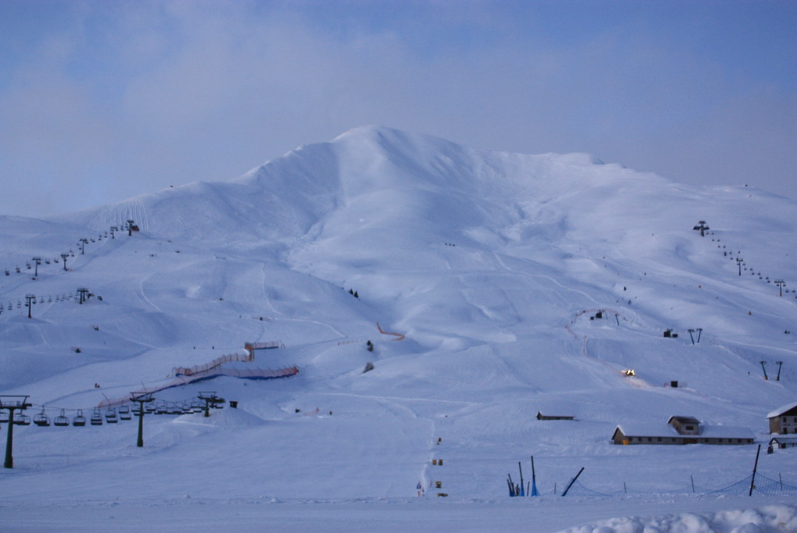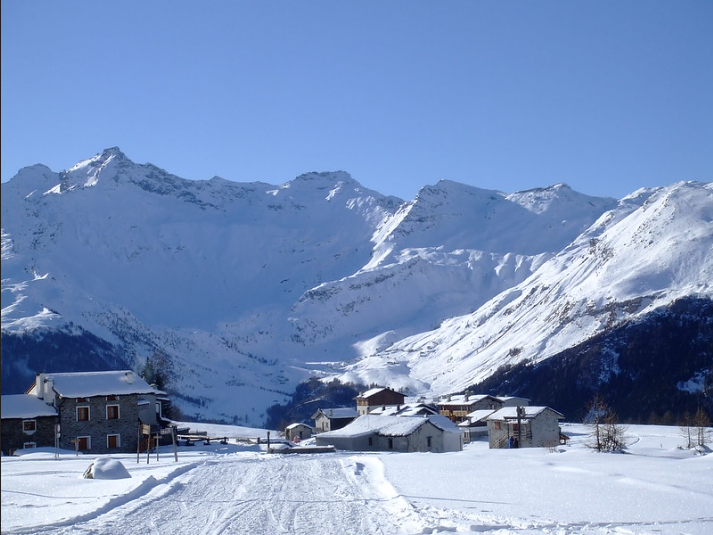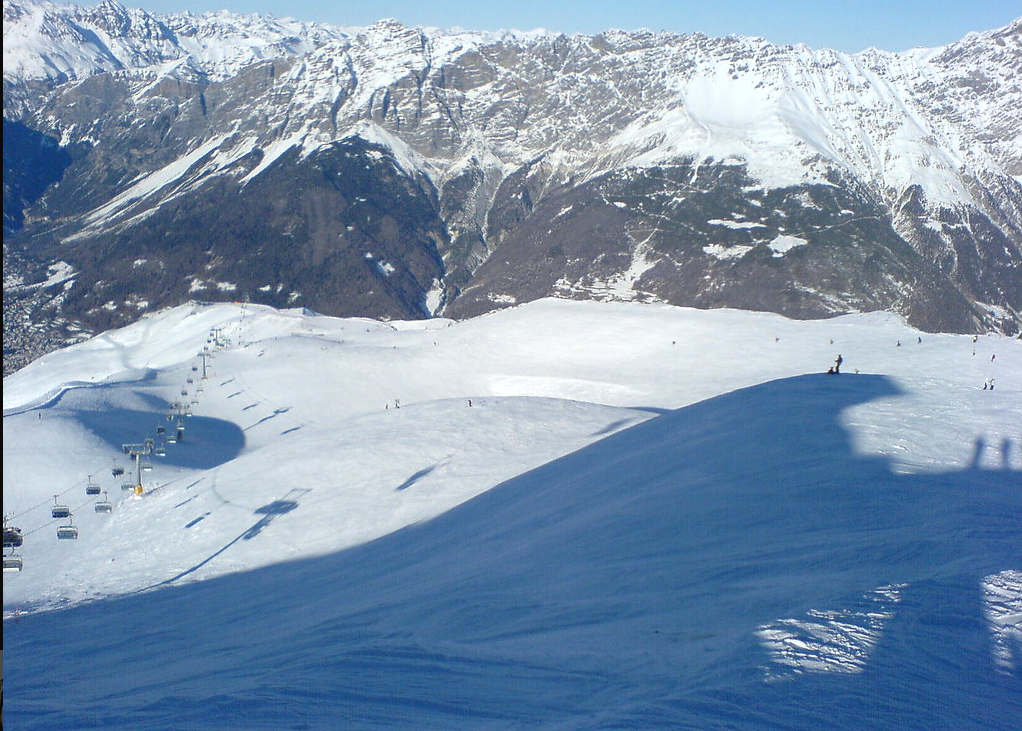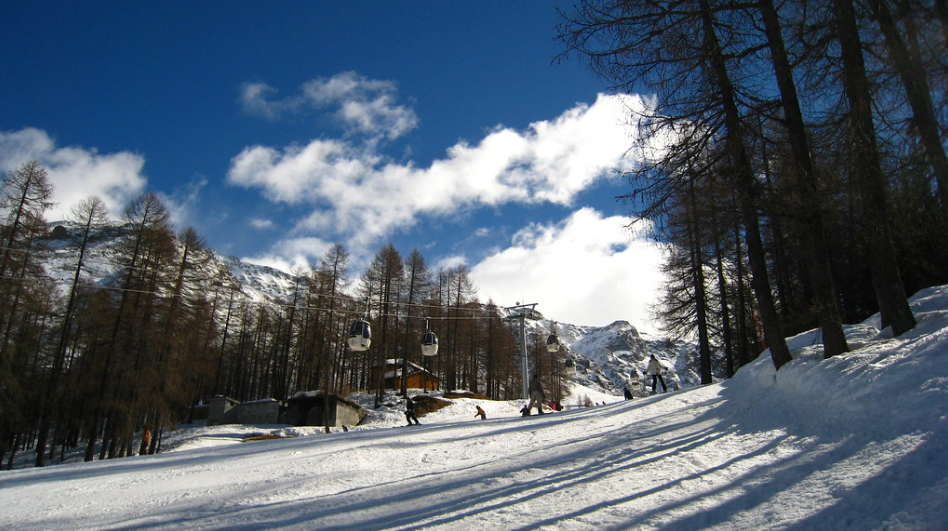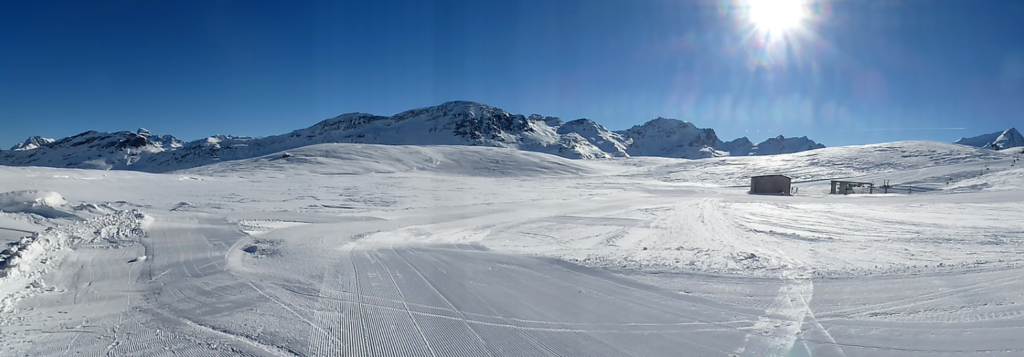Mantua | Italy's Sleeping Beauty Awaits Your Discovery
In the north Mantua, Italy (or Mantova in Italian) often slumbers in the shadow of more famous neighbors like Venice, Verona, or Milan. However, for those curious enough to explore, this UNESCO World Heritage city reveals itself as a hidden gem.
A Renaissance masterpiece filled with legends, tranquil beauty, and rich cultural heritage. Indeed, welcome to Mantua, Italy the “Sleeping Beauty”, where history, art and gastronomic delights come together in an experience you won’t soon forget.
A City Shaped by Water and Time
Embedded between three serene artificial lakes—Lago Superiore, Lago di Mezzo, and Lago Inferiore—Mantua feels like an island suspended in time.
Originally, these lakes were created in the 12th century as part of a defensive system, and they have also gifted the city with an almost mystical tranquility. With this in mind, Mantua invites travelers to slow down, to wander, and to savor both its beauty and its stories.
A Taste of Mantua: Local Culinari and Wine
Mantua’s culinary traditions are as rich and varied as its history. in fact, this small city is a foodie’s delight, offering dishes that draw from the fertile Po River Valley and a blend of northern and southern influences.
Tortelli di Zucca: Mantua’s signature dish is a surprising combination of sweet and savory. These delicate pasta pockets are filled with a mixture of roasted pumpkin, amaretti cookies, and Parmigiano-Reggiano cheese, then served with melted butter and sage. As a result, the sweetness of the pumpkin, paired with the slight bitterness of the amaretti, creates a harmony of flavors unique to this region.
Risotto alla Pilota: A heartier dish, risotto alla pilota is made with rice from the nearby plains and a type of local sausage known as “pesto” or “salamella.” The rice is cooked to a slightly firm texture, while the rich flavor of the sausage providing a satisfying depth to this rustic favorite.
Grana Padano and Parmigiano-Reggiano: Both of these world-renowned cheeses are produced in the surrounding regions and feature heavily in Mantuan cuisine. Be sure to sample them at local trattorias or food markets.
Lambrusco: Mantua’s signature drink is Lambrusco Mantovano, a sparkling red wine that’s slightly dry, with a hint of berry and cherry flavors. Served chilled, it’s the perfect complement to the rich local dishes, especially during warm summer evenings by the lakes.
Sbrisolona: For dessert, try Sbrisolona, a crumbly almond cake that originated in Mantua. It’s traditionally broken into pieces with your hands and enjoyed with a glass of sweet Vin Santo or grappa. All togather, the texture is crunchy, and the flavor—a delightful mix of butter, cornmeal, and almonds—offers a rustic but satisfying conclusion to any meal.
Agritourism and Farm-to-Table Experiences
The region surrounding Mantua is known for its rolling countryside and fertile farmlands, thus making it an ideal destination for agritourism.
Several family-run farmhouses (agriturismi) offer a genuine rural experience where you can taste local produce straight from the source, stay in charming countryside accommodations, and even participate in activities like grape harvesting or cooking classes.
Agriturismo Corte Villoresi: Located just outside Mantua, this cozy agriturismo offers visitors a chance to experience the peaceful rural life. The farm produces organic vegetables, fruits, and wines, and the on-site restaurant serves fresh, seasonal dishes, including homemade pastas and locally sourced meats.
Agriturismo Corte Rocca: Set in a restored historic estate, this agriturismo is a perfect blend of tradition and comfort. Moreover, visitors can explore the surrounding vineyards, taste homemade wines, and relax in beautiful countryside surroundings, all while being only a short drive from the city.
These agritourism spots offer an immersive experience for travelers seeking a deeper connection with Mantua’s land and flavors.
Famous and Overlooked Gems: What to See in 1, 2, or 3 Days
Day 1: Mantua’s Historic Core
For a one-day visit, focus on the heart of the city to immerse yourself in Mantua’s most iconic sights.
Palazzo Ducale: Begin your day with a visit to this monumental palace, the former residence of the Gonzaga family. Wander through its sprawling courtyards, grand halls, and private chambers. Notably, don’t miss the Camera degli Sposi, painted by Andrea Mantegna, which is a masterpiece of perspective and Renaissance art.
Basilica di Sant’Andrea: Just a short walk from the palace, this imposing church was designed by Leon Battista Alberti. Interestingly, it holds what many believe to be a vial of Christ’s blood, a relic brought to Mantua in the 9th century. The stunning interior is richly decorated and worth lingering in.
Piazza delle Erbe: This lively square is the perfect spot to grab a coffee or a light lunch. Surrounding the square are the Rotonda di San Lorenzo, the city’s oldest church, and the Palazzo della Ragione. Meanwhile, soak in the atmosphere as you watch locals go about their day.
Boat Ride on the Lakes: Cap off the day with a boat ride around the lakes that encircle Mantua. Without a doubt, the views of the city’s skyline, particularly at sunset, are nothing short of magical.
Day 2: Renaissance Splendor and Hidden Corners
For a second day in Mantua, Italy dive deeper into its Renaissance heritage and explore some lesser-known treasures.
Palazzo Te: This slightly eccentric palace on the edge of the city was built as a pleasure villa for the Gonzaga family. Above all, its frescoed rooms, particularly the Sala dei Giganti, are both stunning and surreal. The frescoes depict ancient myths with a playful and almost dreamlike quality.
Casa del Rigoletto: Tucked away near Piazza Sordello is the supposed house of Rigoletto, the tragic character from Verdi’s famous opera. Though small, the courtyard and statue of Rigoletto add a touch of whimsy to your tour.
The Tazio Nuvolari Museum: For a completely different experience, visit this museum dedicated to one of Italy’s most famous race car drivers. In contrast, it offers a modern twist amid Mantua’s early 20th-century motorsport history.
Rotonda di San Lorenzo: This circular Romanesque church, built in the 11th century, is one of Mantua’s most overlooked treasures. Its stark simplicity stands in contrast to the ornate Renaissance buildings surrounding it. Consequently, it offers a moment of quiet reflection.
Day 3: Gardens, Countryside, and Nearby Adventures
For those lucky enough to spend three days in Mantua, the third day offers the chance to explore the nearby countryside or dive deeper into local legends.
Parco del Mincio: Start your day with a peaceful morning in the Parco del Mincio, a nature reserve that stretches along the river and lakes. Along the way, walking and biking trails where you can spot local wildlife and enjoy the serene beauty of the Mantuan countryside.
Grazie Sanctuary: Just outside of Mantua, this unusual sanctuary is located in the small village of Grazie. It’s a pilgrimage site filled with curious votive offerings, some of which are quite macabre. The Gothic-style church, surrounded by wetlands. Due to its remote location, it exudes a mystical atmosphere.
Sabbioneta: If you have a car, take a short trip to Sabbioneta, a perfectly preserved Renaissance town designed by Vespasiano Gonzaga. Known as the “Ideal City,” Often overlooked, it offers a glimpse into the Renaissance vision of urban planning. The town’s walls, palaces, and theater make it feel like stepping into a time capsule. Learn more about Sabbioneta.
Why Mantua Deserves Your Attention
From the grandeur of the Gonzaga palaces to the quiet allure of its lakes and countryside, Mantua offers a truly immersive experience for those seeking an authentic and less-trodden Italian adventure.
Whether you stay for a day or three, Mantua will captivate you with its elegance, stories, and flavors. So, when you’re ready to explore Italy’s lesser-known wonders, Mantua is waiting to be discovered a sleeping beauty whose time to shine has finally come.

